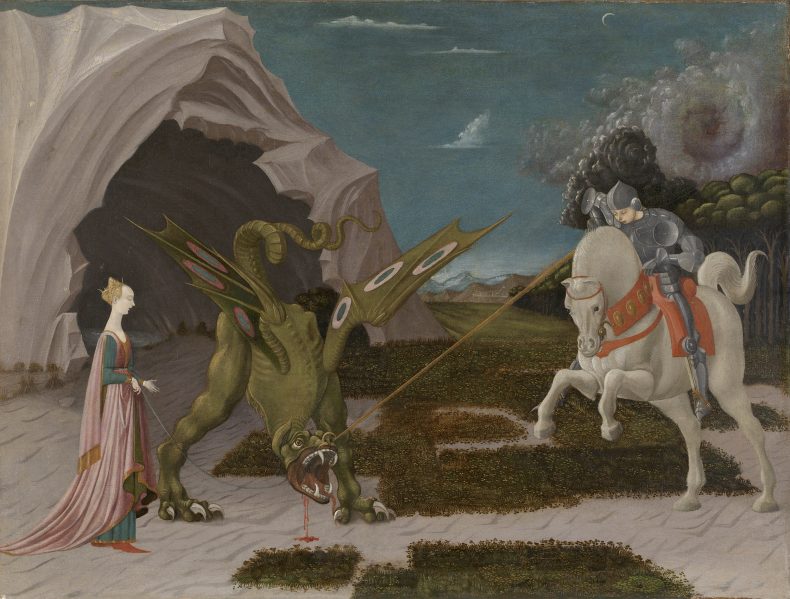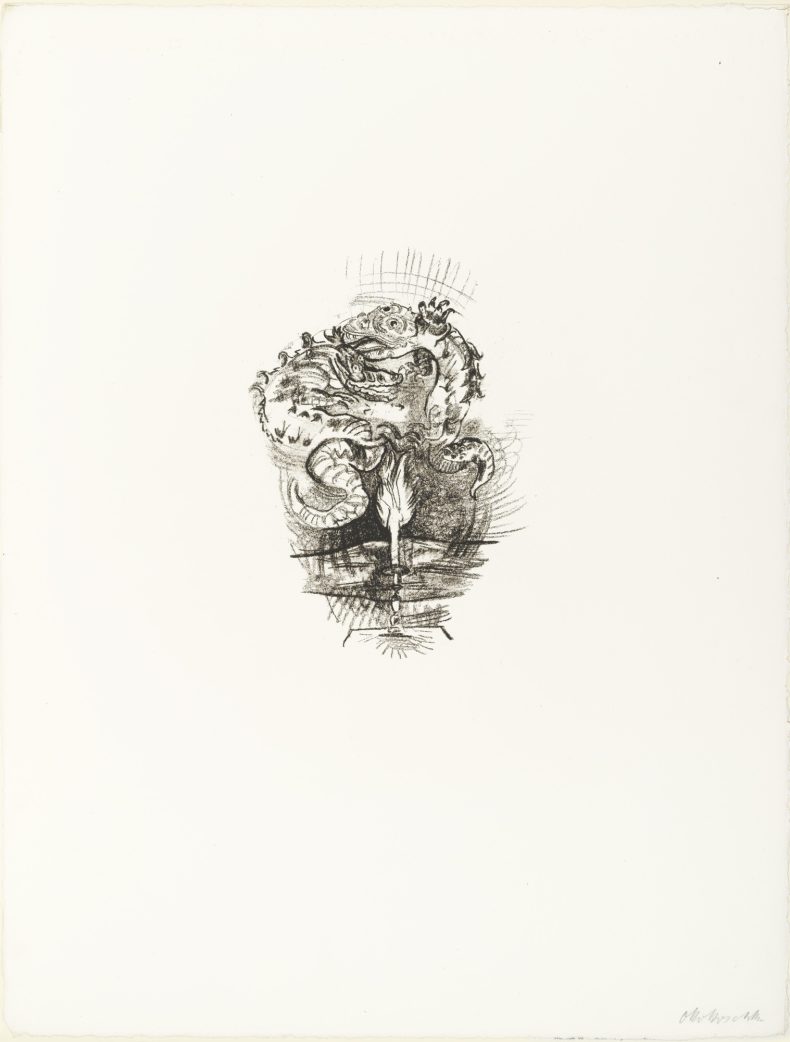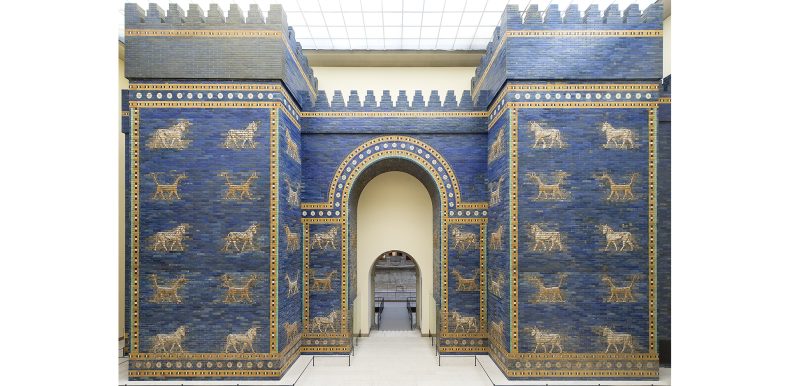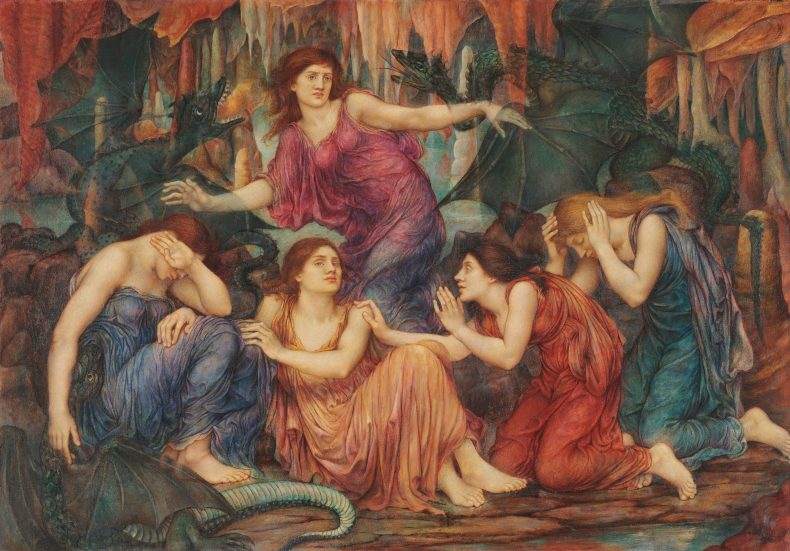Pierre-Auguste Renoir (born February 25, 1841, Limoges, France—died December 3, 1919, Cagnes) French painter originally associated with the Impressionist movement. His early works were typically Impressionist snapshots of real life, full of sparkling colour and light. By the mid-1880s, however, he had broken with the movement to apply a more disciplined, formal technique to portraits and figure paintings, particularly of women.
When he was about 47, Pierre-Auguste Renoir began to suffer from terrible pain in his eyes and teeth. He knew something was wrong, possibly permanently wrong. ‘What’s going to happen after this? I really can’t travel in the state I’m in… Tomorrow, I hope my eye will open up and I can finish my paintings,’ he wrote to his friend and dealer Paul Durand-Ruel, in December 1888. It was the onset of severe rheumatoid arthritis that would curtail the ways he could use his hands and body almost immediately.
Renoir lived to be 78 years old, and he went on painting nearly every day that he was not confined to bed. In her book, Barbara Ehrlich White details the ingenious techniques that allowed him to do so. Renoir had his model or his children put the brush into his hand and take it out when he was done; sometimes he painted with both hands together cramped around the brush. White dispels the rumour that the paintbrush was tied to his hands. There was no need, his hands were so contracted, but ‘to avoid ripping the fragile skin of his palms with the wooden handle of his paintbrush, a little piece of cloth was inserted in his palm held in place with linen strips tied round and knotted at his wrists’.
https://www.britannica.com/biography/Pierre-Auguste-Renoir
https://www.nationalgallery.org.uk/paintings/pierre-auguste-renoir-the-umbrellas










